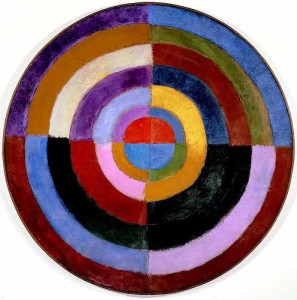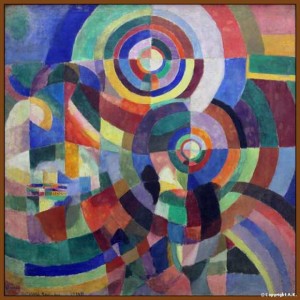Abstract Art: A Visual Expression of Emotions
Abstract art started in the year 1911 by the Russian artist Wassily Kandinsky (1866-1944). It became a trend in the twentieth century and became famous because it breaks away from traditional representation of physical objects. Either it’s in the form of a canvas painting or a sculpture of different medium, abstract art is a visual language of forms, lines, colors and different shapes to interpret a concept, without necessarily providing a recognizable visual reference point for the viewers. Abstraction later manifested more formal terms, such as color, simple geometric designs and freedom from objective context.

The important connection is that abstract art engages and challenges the intellect but it also engages and challenges the emotions. To fully appreciate it, the viewer has to let go of a need to understand what the artist is trying to say and instead tune into their own interpretation and response to the piece.
As an abstract artist, you express yourself in a way that allows your audience to find his own personal response to the work. Many artists, who call their work abstract, actually do have a subject in mind when they paint. You can take a figure or landscape and simplify it, exaggerate it, or stylize it in some way. You can also use nature as a starting point but express it in different forms and shapes. Color, line, and form are more important than the details of the actual subject matter. The idea is you want to give a sense or feel for the subject rather than an exact replication.

(This painting is made extra special by the reference to great swiss/french poet Blaise Cendrars!)
Abstraction indicates a departure from reality in depiction of imagery in art. May it be partial or complete, abstraction is departure of the image to its representation. Artwork which takes liberties altering for instance, the color and form in ways, are conspicuous and with a sense of continuum, can be said to be partially abstract. Total abstraction bears no trace of any reference to anything recognizable.
In summary, the simplified meaning of abstract art is an art that relies on the emotions and mood of the artist and the elements of design rather than exact representation of a subject. This broad definition allows you as an artist to almost unlimited freedom of ideas and expressions. You can create compositions that have no pattern in nature or any subject. You can also work from nature and then interpret your subjects in a non-objective manner.
Image source: http://www.holidayclubrecordings.co.uk